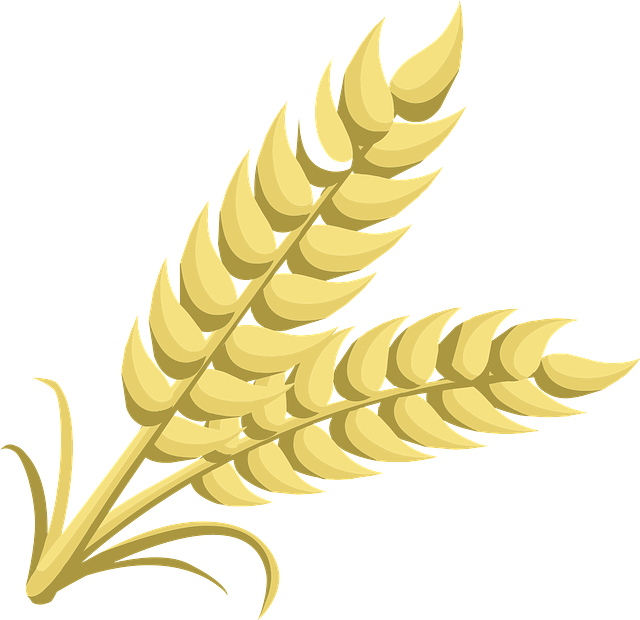We all know that a healthy diet is crucial for our health and overall well-being. Among one of the healthiest food that should be included in our daily diet are GRAINS. In this lesson, we are going to learn about the grains, and we will discuss:
A grain is a small, hard, dry seed - with or without an attached hull or fruit layer - harvested for human or animal consumption. A grain crop is a grain-producing plant.
Grains are commonly referred to as 'cereals' or 'cereal grains', and are the edible seeds of specific grasses belonging to the Poaceae, one of the largest families of flowering plants.

There are a number of different grains found within the true cereal grains. Examples of grains include:
Any food made from wheat, rice, oats, cornmeal, barley, or another cereal grain is a grain product. Bread, pasta, breakfast cereals, grits, and tortillas are examples of grain products.
We distinct:
Whole grains are simply grains that have all three parts intact. Their three parts are the bran (the nutritious outer layer), the germ (the seed’s nutrient-rich embryo), and the endosperm (the germ’s food supply, which is high in starchy carbs).
Whole grains are packed with nutrients including protein, fiber, B vitamins, antioxidants, and trace minerals (iron, zinc, copper, and magnesium). A diet rich in whole grains has been shown to reduce the risk of obesity, heart diseases, type 2 diabetes, and some forms of cancer.
Refined grains have been milled, a process that removes the bran and germ. Thus, the grains will get a finer texture and their shelf life will be improved. But, with this process, dietary fiber, iron, and many B vitamins are removed.
Enriched grains. Enriched means that some of the nutrients lost during processing are replaced. Some enriched grains have replaced the B vitamins which are removed during milling. Fortifying means adding some nutrients in food that don't occur naturally. Most refined grains are enriched, and many enriched grains also are fortified with other vitamins and minerals, such as folic acid and iron. Whole grains may or may not be fortified.
Grains are so important because they are a good source of complex carbohydrates and some key vitamins (B vitamins-thiamin, riboflavin, niacin, and folate), and minerals (iron, magnesium, and selenium), as well as fibers. Fiber is important for our digestive health and regular bowel movements, and also helps you feel fuller for longer, can improve cholesterol and blood sugar levels, and can assist in preventing some diseases.
Choosing whole grains over refined grains has been linked to lower risks of heart disease, type 2 diabetes, cancer, and more.
Grains can be:
1. Cereals, that can be:
Warm-season cereals
The "warm-season" cereals are tender and prefer hot weather. They include:
Cool-season cereals
The "cool-season" cereals are plants that grow well in moderate weather and cease to grow in hot weather. These include:
2. Pseudo-cereal grains
These are a type of grains that don't grow on grasses but are used similarly to other cereals. Some of them are:
3. Pulses
Pulses are annual crops that yield between one and 12 grains or seeds. The term “pulses” is limited to crops harvested solely as dry grains, which differentiates them from other vegetable crops that are harvested while still green. These include:
4. Oilseeds
Oilseeds are those grains that are valuable for the oil content they produce. They can be:
Mustard family
Aster family
Other families